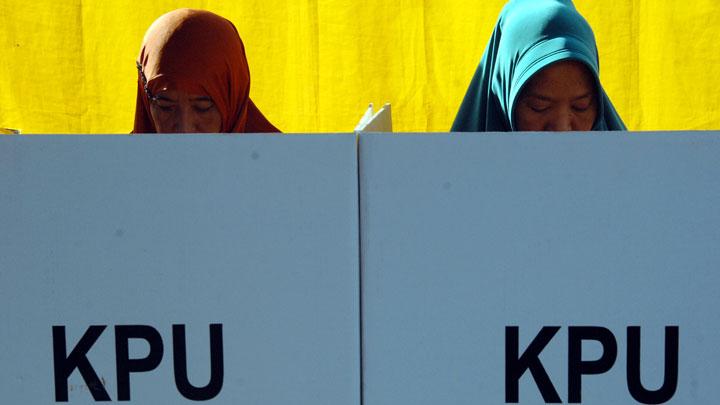
TEMPO.CO, Jakarta - Jessica Kumala Wongso was sentenced to 20 years in prison for poisoning her friend. In a controversial development in a case that gripped the nation, the Central Jakarta Court on Thursday last week, declared Jessica Kumala Wongso guilty of premeditated murder. Jessica may have indeed plotted and killed her friend, Mirna Salihin, but many saw the controversial verdict based solely on circumstantial evidence.
There were at least two holes in the evidence presented by the prosecution that became the basis for the verdict. First, the 45-minute CCTV footage from the Olivier Cafe at the Grand Indonesia Plaza last January 6, did not show Jessica pouring poison into the Vietnam ice coffee she ordered for Mirna. It only captured Jessica's suspicious movements that were later used as the basis to prosecute her.
The footage, for example, showed Jessica's hands as if she was taking something out of her handbag. Later, after putting three paper bags on the table, she looked like she was stirring something. Later, she moved aside the menu and slid the coffee glass towards the end of the table. Jessica appeared to be scratching her hand and thigh as Mirna began to have seizures. All that albeit still assumptions were viewed as strong evidence of ill intentions by the panel of judges.
Secondly, the police had not performed an autopsy on Mirna's organs, including her brains and heart. They only took samples from the stomach, spleen, liver and urine a flawed procedure that led to the ongoing debate over the 0.2mg of cyanide found in Mirna's stomach. Jessica's lawyer was convinced that cyanide was a natural occurrence in a corpse that had been dead for three days, thus the complete forensic autopsy was critical to get a good picture of the poisoning.
The prosecution had indeed asked the police to provide an autopsy report. But oddly, it did not raise the issue when the police failed to submit one, with the excuse that the family disapproved of an autopsy, although it was fully aware that the law required the bereaved family to allow the procedure in the case of a crime.
According to Article 34 of the Criminal Code, if an autopsy is inevitable, investigators must explain to the victim's family of the requirement. If the family does not respond within two days, they must go ahead with the procedure.
Ultimately, the judges only used circumstantial evidence as their point of referral, such as an analysis of the defendant's negative behavior and unstable state of mind during her stay in Australia, where she repeatedly threatened to commit suicide. The judge charged that Jessica's return to Indonesia was not for a holiday, but to run away from her problems and depression.
The trial itself was much publicized and televised like a reality show. TV stations turned the hours-long trial into a profit-making show. Legal observers interviewed witnesses and analyzed the circumstantial evidence affecting public opinion. On social media, conspiracy theories were added to spice up the debate on the case.
Undeniably, live broadcasts have an impact on public opinion. These and ensuing reactions may have played a vital role during the trial. Yes, Jessica might have committed a premeditated murder, but finding her guilty solely based on circumstantial evidence sets a bad precedent for the legal system. (*)
Read the full article in this week's edition of Tempo English Magazine























